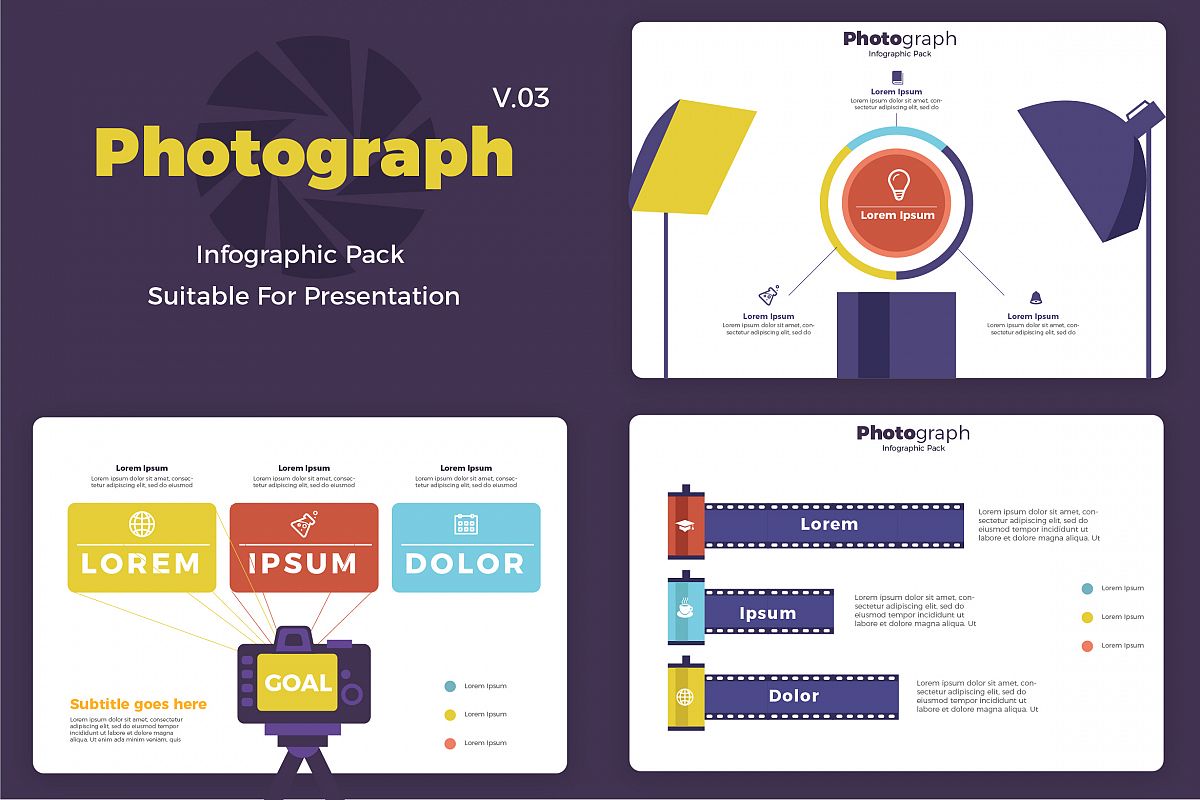Transform Your Photography By Grasping Illumination Strategies That Can Elevate Your Photos-- Uncover The Common Challenges That Could Be Holding You Back
Transform Your Photography By Grasping Illumination Strategies That Can Elevate Your Photos-- Uncover The Common Challenges That Could Be Holding You Back
Blog Article
Web Content By-Futtrup Riddle
As a photographer, you recognize that lighting can make or break your photos. Comprehending the subtleties of both all-natural and synthetic light is important for catching the state of mind and clarity you aim for in your job. Whether you're chasing the best gold hour glow or fine-tuning your synthetic arrangements, grasping these aspects can boost your photography considerably. However there prevail risks that many ignore, and identifying them can change your strategy to every shoot. Let's discover what Executive portrait headshot may be missing out on and exactly how it can affect your outcomes.
Comprehending All-natural Light
Comprehending natural light is vital for any professional photographer looking to improve their job. It's the structure of excellent photography, influencing state of mind, tone, and clarity. When you shoot outdoors, focus on the time of day. The gold hour-- soon after daybreak and before sundown-- offers soft, warm light that can transform regular scenes right into stunning images.
Do not undervalue the power of cloudy days. Cloud cover diffuses sunshine, developing a soft, even light that's ideal for pictures and macro digital photography. You'll discover colors appear this type of lighting without harsh shadows.
Placing issues, too. Constantly consider your subject's positioning to the source of light. If the sunlight's behind your topic, you might wind up with a shape, which can be remarkable yet mightn't be what you want. On the other hand, direct sunshine can produce unflattering shadows.
Try out angles; sometimes, transforming your point of view can generate outstanding results. Usage all-natural reflectors, like water or sand, to bounce light onto your subject, including measurement.
Mastering Artificial Light
Understanding fabricated light is crucial for photographers who intend to take their skills to the next level. Whether you're using speedlights, studio strobes, or constant lights, understanding just how to adjust these sources can considerably enhance your photos.
Begin by familiarizing on your own with the basics of light quality, instructions, and color temperature. Try out different modifiers like softboxes, umbrellas, or grids to regulate the soft qualities or violence of the light.
You'll discover that soft light usually develops complementary results, while harsher light can include drama and depth. Don't avoid darkness; they can improve the three-dimensionality of your subjects.
Pay attention to the placement of your lights. A light located too near your topic can develop uncomplimentary outcomes, while as well far can bring about an absence of information. Utilize a light meter or your electronic camera's pie chart to guarantee you're subjecting properly.
Last but not least, bear in mind that synthetic light can be mixed with ambient light for innovative results. Stabilizing these resources might take practice, once you master it, your digital photography will really radiate.
Methods for Various Circumstances
When you enter different shooting situations, adapting your illumination methods is critical for capturing the very best pictures. For outside portraits, utilize the gold hour-- early morning or late afternoon light-- to soften shadows and boost complexion.
If https://telegra.ph/Open-The-Keys-To-Discovering-The-Ideal-Camera-For-Your-Requirements-Yet-Which-Kind-Will-Really-Catch-Your-Vision-01-09 's a rough midday sun, consider using a reflector to jump light back onto your subject or seek shaded areas for an extra even exposure.
In low-light situations, like interior occasions, raise your ISO and utilize a vast aperture to let in more light. A tripod can help remove camera shake, allowing for longer direct exposures without blurring.
If you're contending night, experiment with off-camera flash to create dynamic lights and deepness in your pictures.
For product photography, utilize diffused illumination to prevent extreme representations. Softboxes or light camping tents can help achieve this impact.
When photographing landscapes, consider the direction of light and time of day, as it can dramatically alter the mood of your shot.
Always be ready to adjust your setups and placing based upon the circumstance, as adaptability is key to understanding lights in photography.
Conclusion
In conclusion, understanding lights is crucial to elevating your digital photography abilities. Accept all-natural light's charm during golden hour, and don't avoid try out fabricated light methods. By adjusting your method to various situations, you'll catch spectacular pictures that reverberate with emotion and clarity. Remember, the appropriate lights can change an ordinary shot into something extraordinary, so maintain exercising and improving your understanding of both all-natural and synthetic light. Pleased capturing!
